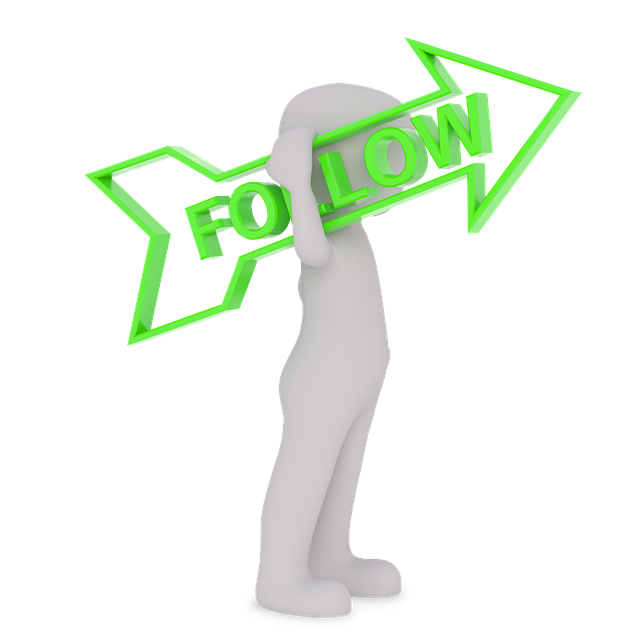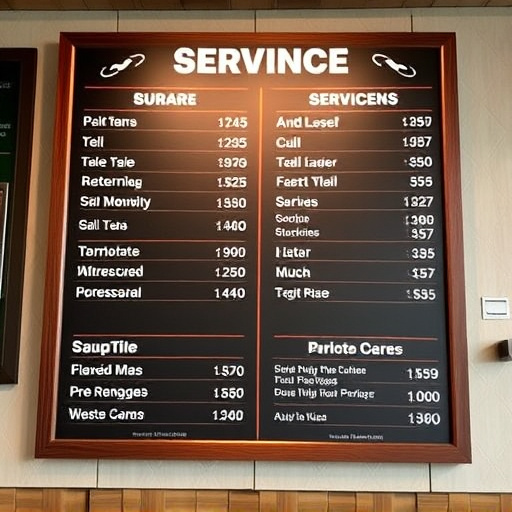Air intake filters, crucial for engine health and performance, vary in size and shape, needing precise matching to vehicle specs for optimal results. Comparisons of air intake filter sizes should focus on both physical dimensions and design, balancing pros like improved airflow and extended service intervals with potential drawbacks such as increased backpressure and water ingestion risks. Prioritizing high-quality materials and advanced designs enhances filtration, maintenance, and driving experience.
When it comes to enhancing engine performance, oversized air intake filters are a popular choice. But understanding their dynamics requires a deeper look at both standard filter sizes and the factors that make oversizings stand out. This article delves into an extensive comparison of air intake filter sizes, exploring the pros and cons of using oversized filters versus their standard counterparts. By considering key aspects like flow restriction and dust capture, you can make an informed decision tailored to your needs.
- Understanding Air Intake Filters and Their Sizes
- Factors to Consider When Choosing Oversized Filters
- Pros and Cons of Using Oversized Air Intake Filters Compared to Standard Sizes
Understanding Air Intake Filters and Their Sizes

Air intake filters are an essential component of any vehicle’s engine, playing a crucial role in ensuring optimal performance and longevity. These filters are designed to prevent dust, debris, and other contaminants from entering the engine, where they could cause damage or reduce efficiency. Understanding air intake filter sizes is a key consideration for vehicle owners and enthusiasts alike.
When comparing air intake filter sizes, it’s important to look at both the physical dimensions and the shape. Filters come in various sizes, measured by their length, width, and height. Additionally, different vehicles have unique air intake systems, which means a one-size-fits-all approach won’t work. Some filters are designed to be rectangular, while others might be conical or even custom shapes to fit specific engine compartments. A thorough understanding of these dimensions allows for the selection of the right filter that will properly seal and maximize airflow in the vehicle’s engine bay.
Factors to Consider When Choosing Oversized Filters

When considering oversized filters, several key factors come into play. One of the primary considerations is air intake filter sizes comparison. It’s crucial to match the filter size precisely to your engine’s specifications and the vehicle’s air flow requirements. Using an incorrect size can lead to poor performance, reduced fuel efficiency, and potential damage to the engine.
Additionally, the material and design of the oversized filter should be taken into account. High-quality materials ensure better dust and debris capture without restricting airflow. Advanced filter designs, such as those with synthetic media or unique structures, offer enhanced performance, longer service life, and easier cleaning or replacement, contributing to a smoother driving experience.
Pros and Cons of Using Oversized Air Intake Filters Compared to Standard Sizes

Using oversized air intake filters, often popular among car enthusiasts, offers several advantages compared to standard-sized filters. One of the primary benefits is improved airflow, allowing for a more efficient burning mixture in the engine. This can lead to enhanced performance and better overall power output. Additionally, larger filters trap more contaminants, providing extended service intervals before requiring replacement. They are especially beneficial for high-performance vehicles or off-roaders that demand superior filtration while tackling demanding environments.
However, there are also drawbacks to consider. Larger air intake filters can increase backpressure in the system, potentially reducing engine efficiency and power delivery at higher RPMs. In some cases, an oversized filter may not fit properly within the existing air intake system, requiring modifications for installation. Furthermore, they might increase the risk of water ingestion during severe weather conditions, as a larger opening could draw in more moisture. Thus, when comparing air intake filter sizes, it’s crucial to balance these pros and cons based on individual vehicle needs and driving conditions.
When comparing air intake filter sizes, oversized filters offer both advantages and potential drawbacks. They can enhance performance by allowing more air into the engine, but may also require more frequent maintenance due to increased debris buildup. Factors like vehicle type, driving conditions, and personal preferences play a crucial role in determining whether oversized filters are the optimal choice. Understanding these considerations enables car enthusiasts to make informed decisions for their vehicles’ air intake systems.














